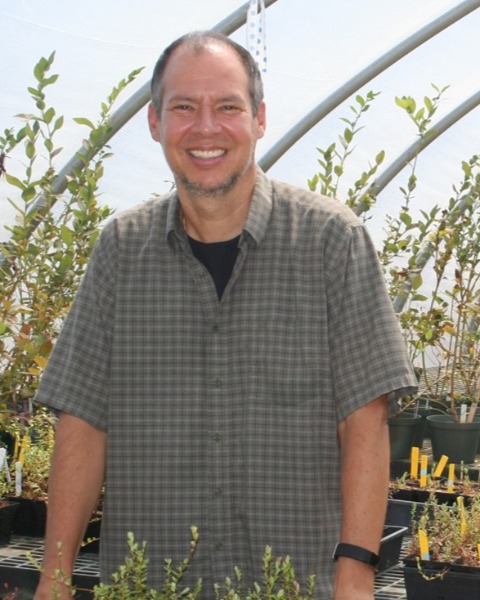Section Symposium
Plant-Insect Ecosystems
Plant-Insect Ecosystems
Conservation Biological Control Through Habitat Management: Bridging Challenges and Innovations
How landscape composition modulates natural enemy attraction to a common plant volatile
Wednesday, November 12, 2025
10:35 AM - 10:50 AM Pacific
Location: Oregon Convention Center, D135, OCC
- YB
Yahel Ben-Zvi (he/they)
Student
Rutgers University
New Brunswick, New Jersey 
Cesar Rodriguez-Saona (he/him/his)
Extension Specialist
Rutgers University
Chatsworth, New Jersey
Presenting Author(s)
Co-Author(s)
In response to herbivory, plants emit volatile compounds known as herbivore-induced plant volatiles (HIPVs), many of which attract natural enemies of herbivores. One such compound, methyl salicylate (MeSA), has been synthesized and commercialized to enhance conservation biological control by attracting local natural enemies and potentially reducing pest populations in agricultural systems. In crops such as the American cranberry (Vaccinium macrocarpon), MeSA has been shown to attract beneficial insects, including syrphid flies and coccinellid beetles. However, broader agroecosystem factors, such as landscape complexity, also influence insect communities. Natural habitats surrounding farms can provide alternative resources and nesting sites for natural enemies, potentially modifying their responses to HIPVs. In this study, 50 sites across three commercial cranberry farms—representing approximately 70% of New Jersey’s cranberry production acreage—and five cultivars were georeferenced. At each site, two yellow sticky traps were deployed: one baited with MeSA and one unbaited. Captured natural enemies were identified and counted. Landscape complexity was quantified within 100 m, 250 m, 500 m, and 1500 m buffers using the most recent land-use map from the New Jersey Department of Environmental Protection. Results indicated that MeSA increased both the abundance and diversity of natural enemies. Additionally, landscape complexity at larger spatial scales explained more variation in natural enemy communities than at smaller scales. Different land cover types influenced distinct natural enemy taxa in unique ways. Overall, interactions between MeSA and landscape features significantly shaped the composition of natural enemy communities, offering insights for improving conservation biological control in agroecosystems.
.png)
